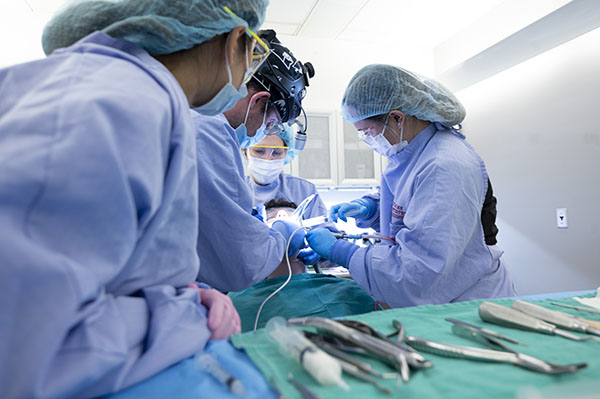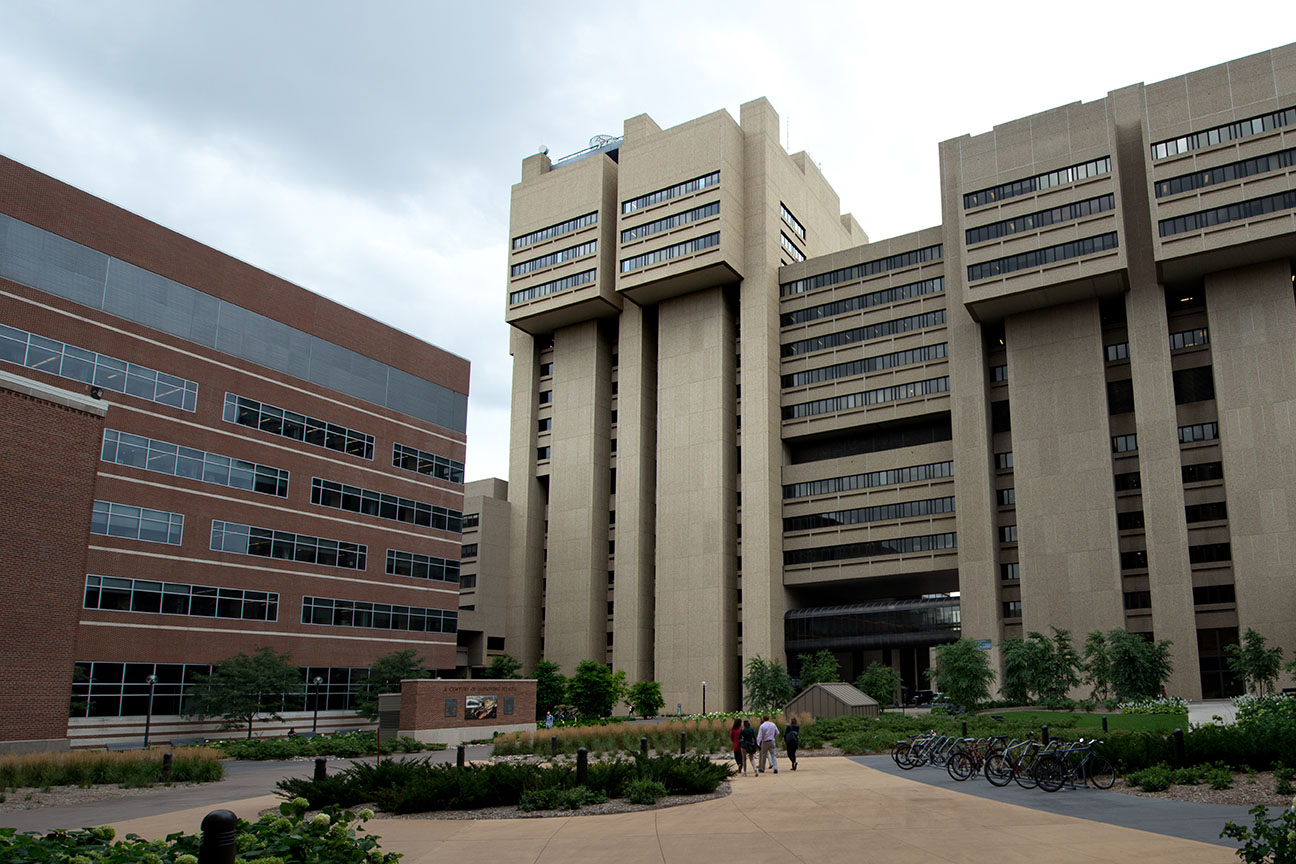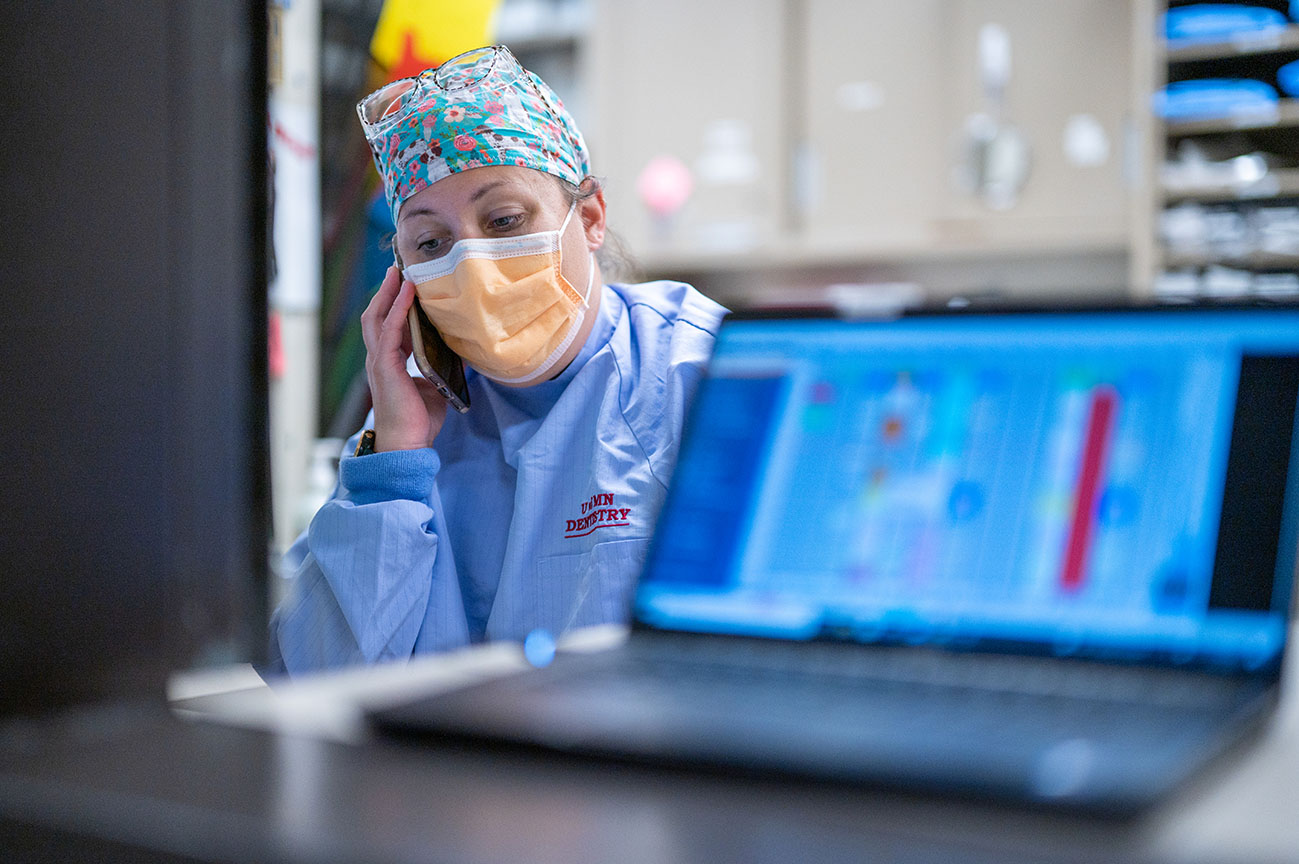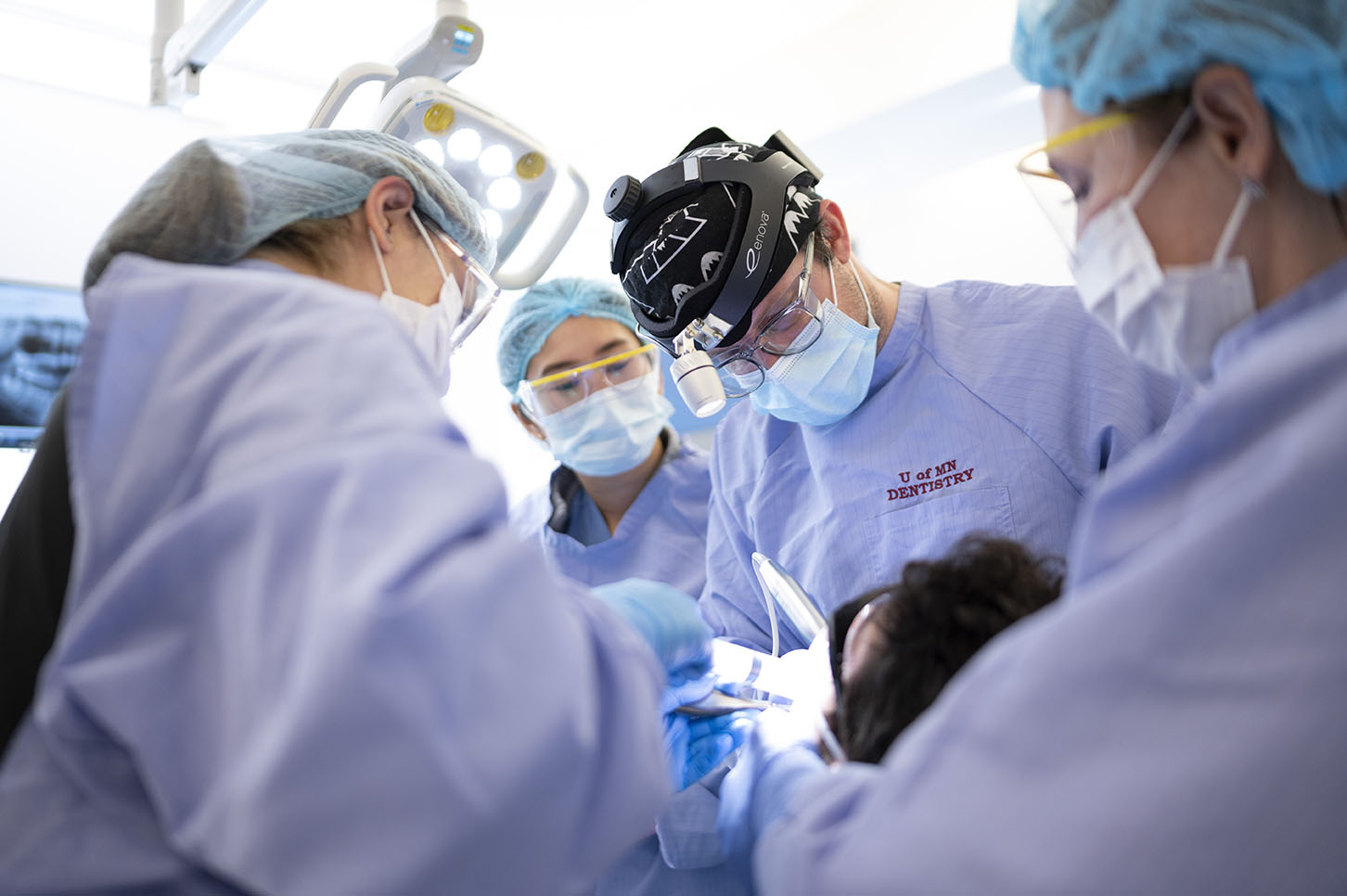

About Oral and Maxillofacial Surgery
University of Minnesota Oral and Maxillofacial Surgery aims to provide comprehensive treatment of multiple oral and facial diseases or abnormalities. We provide expertise and treatment ranging from routine third molar removal to corrective jaw surgery to complex trauma reconstruction.
Do you require urgent dental care?
Clinic Information
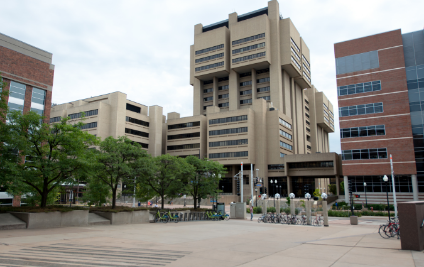
University of Minnesota Oral and Facial Surgery
Clinic Hours: Monday-Friday, 8:00 a.m. - 4:00 p.m.
Clinic Address: 7th Floor - Moos Tower
515 Delaware St. SE
Minneapolis, MN 55455
We are a referral-based clinic, we do not accept walk-in appointments.
Phone: 612-624-8600
Fax: 612-624-2669 (referrals via fax not accepted)
Parking Information and Rates
Emergency Information
Refer a Patient
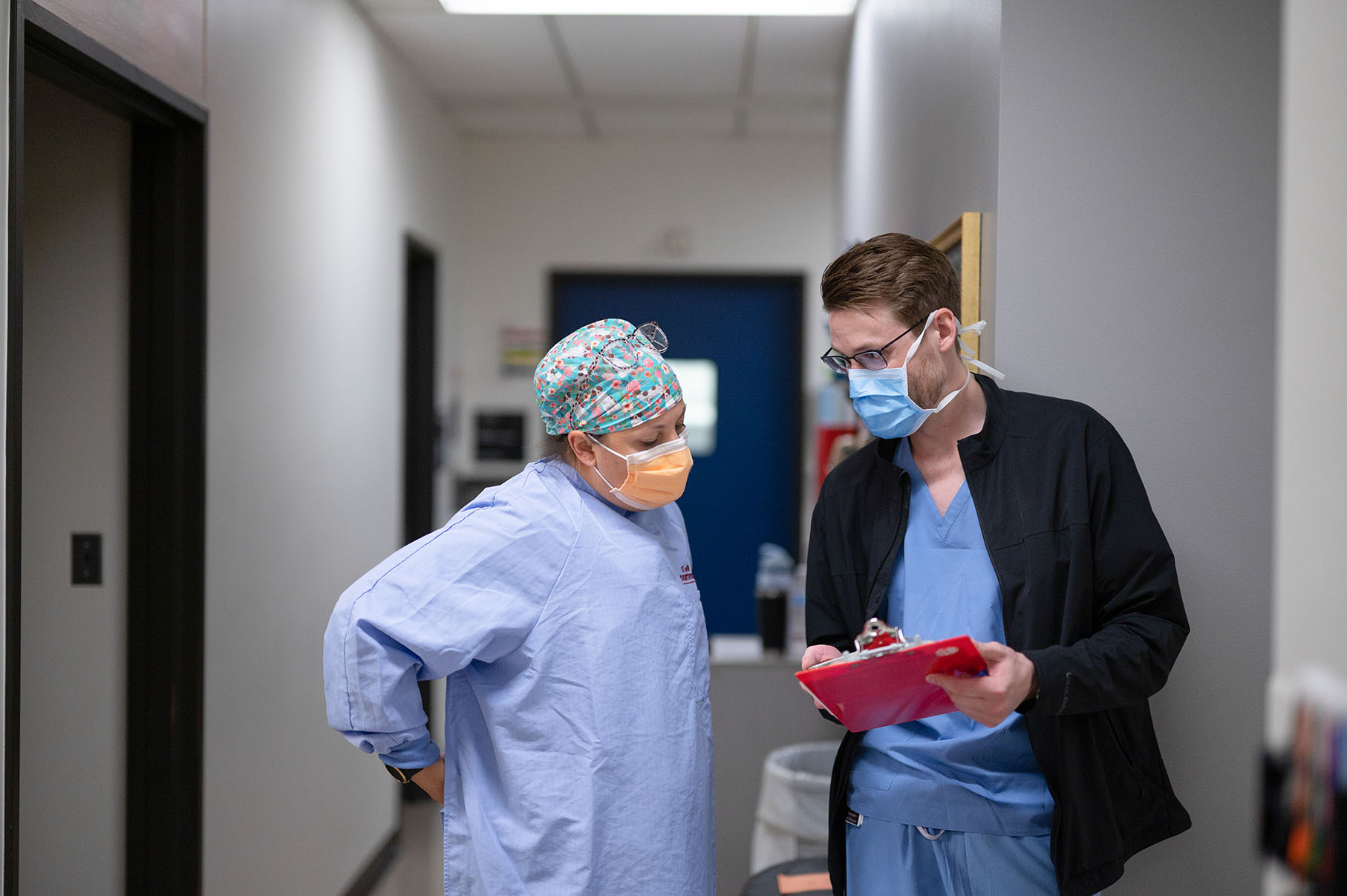
Refer a patient to the Oral and Facial Surgery clinic through our secure online portal.
Appointment information:
Patient must call to schedule: To ensure adequate time to process referrals, please wait 1-2 weeks to call and schedule.
Oral Surgery Referral Form
Patient Information
Procedures Performed
Dentoalveolar Surgery
Dentoalveolar surgery Includes extraction of teeth, smoothing of bone and other soft tissue procedures needed prior to denture or partial fabrication. Most common extractions are wisdom teeth removal because of disease or associated symptoms.
Dental Implants
Dental implants are artificial tooth roots that are placed in the jaw bone and allowed to integrate in the bone prior to having your dentist place a crown on top. All implants require a consultation to ensure that implants can be placed in your bone. From time to time bone grafting is required for an implant to be placed. Bone grafting are additional procedures that our clinic provides but at an additional cost. Dental implants require a team approach and your dentist will provide the final crown.
Orthognathic/Orthodontic Procedures
Expose and Bond – Occasionally teeth do not erupt into the arch in a timely manner. An orthodontist may ask for these teeth to be exposed and have orthodontic bracket and chain placed to help the orthodontist guide the eruption of the tooth into the arch.
Frenectomy – Frenectomies are removal or excess tissue found between certain teeth then attached to the lips and are requested to help close gaps in teeth or because of difficulty with speech.
Facial Surgery – Otherwise known as orthognathic (ortho = move, gnathic = chew) surgery, this procedure is performed at the request of orthodontist as sometimes braces cannot move the teeth far enough to correct a poor bite or poor tooth relationship.
Reconstruction
Usually the result of trauma or tumors, defects in the jaws and teeth can be corrected utilizing bone and soft tissue grafting procedures. University of Minnesota Oral and Facial Surgery incorporate modern technology by combining years of experience and modern surgical planning techniques to provide the best possible outcomes to patients suffering from defects in the oral cavity and facial skeleton.
Anesthesia
When having a procedure performed in our clinic you may have several options to make your experience more comfortable. Listed below or the different types of anesthesia. What is appropriate for most patients is different and must be a discussion between doctor and patient.
Local anesthesia – Local anesthesia “numbs” the tissues around the procedure site. Lidocaine and similar medications are injected in the surrounding tissues to provide pain relief during a procedure. Lidocaine can remove pain but cannot remove pressure felt during the procedure.
Nitrous Oxide (laughing gas) and local anesthesia – the patient breathes a gas through the nose that helps relax the patient and also alleviates some pain. This is performed in conjunction with local anesthesia and is available to almost all patients.
Sedation – Medications are delivered through an IV that place a patient in a twilight sleep and are used in conjunction with local anesthesia to provide a pain free and relaxing experience. Each level of anesthesia has different requirements and a discussion with your provider will allow you to tailor the right and safe options for you.
Pathology, Lesion Removal
There are many different types of lesions that oral surgeons can help patients with.
Cosmetics
BOTOX, future facial resurfacing, injectable fillers, scar reduction.
